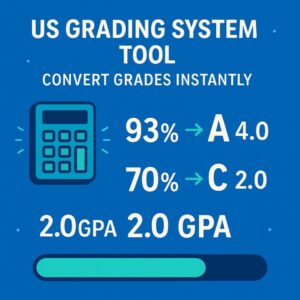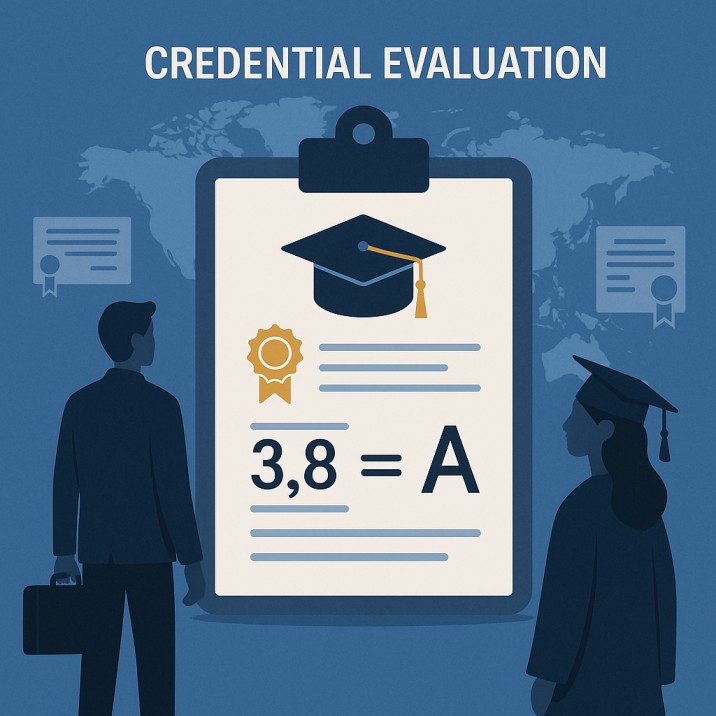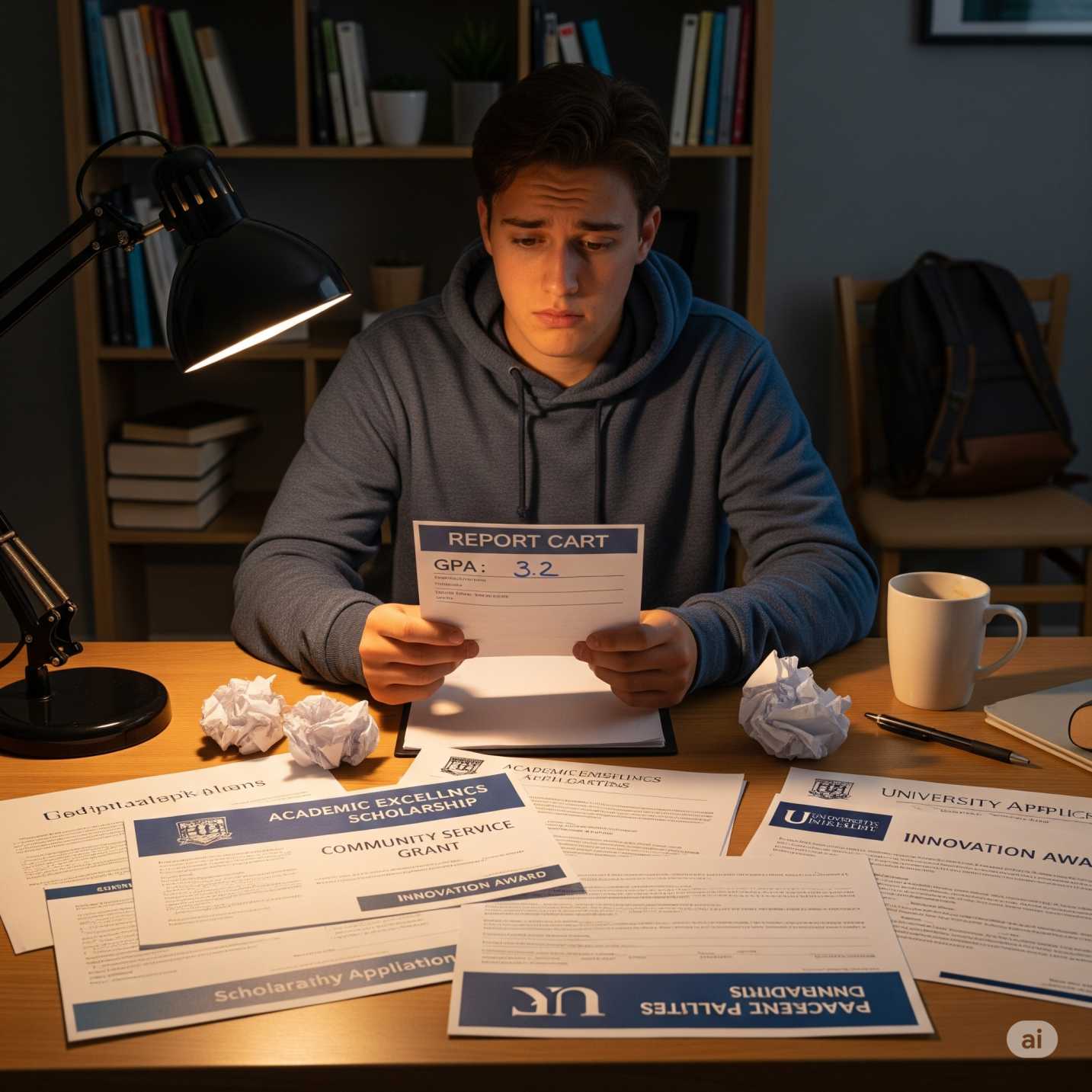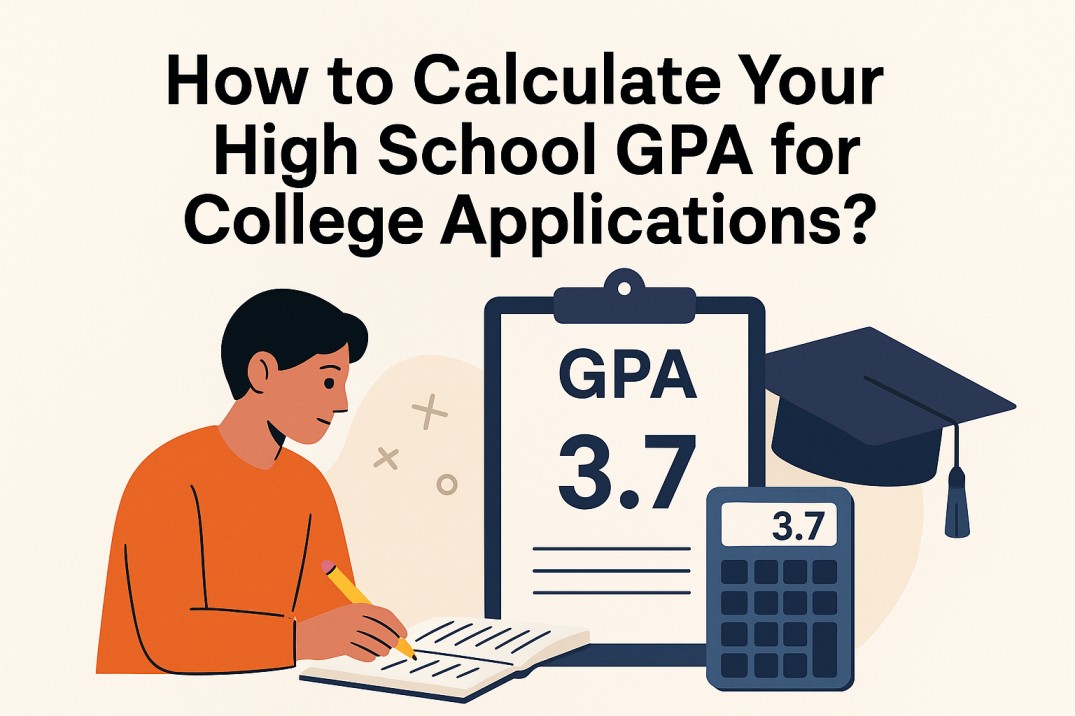For students, parents, and international applicants, understanding how grades translate into the U.S. grading system can be confusing. Every school seems to have its own standards, and international transcripts make things even more complex. That’s why a US grading system tool is so valuable—it allows you to instantly convert percentages or letter grades into the familiar 4.0 GPA scale used across American colleges and universities.
This guide will not only show you how to use such a tool but will also answer the most common questions about grades, GPA conversions, and what top universities really expect. Whether you’re aiming for Harvard, UCLA, or simply want to check if your 70% is good enough, you’ll find clear answers here.
Try our free US Grading System Tool (GPA Calculator) to see how your grades convert instantly.
What Is the US Grading System?
The U.S. grading system is built on letter grades (A–F), percentages, and GPA (Grade Point Average). Most schools and universities combine all three to assess academic performance.
-
Letter Grades – A (excellent) through F (failing).
-
Percentages – Usually tied to the letter scale (for example, 90–100% = A).
-
GPA Scale – A 0.0–4.0 system used to calculate an overall average of all coursework.
Here’s a standard breakdown of the U.S. grading scale:
|
Percentage |
Letter Grade |
GPA (4.0 Scale) |
Meaning |
|---|---|---|---|
|
90–100% |
A |
4.0 |
Excellent |
|
80–89% |
B |
3.0 |
Good |
|
70–79% |
C |
2.0 |
Average |
|
60–69% |
D |
1.0 |
Below Average |
|
< 60% |
F |
0.0 |
Failing |
With a US grading system tool, you don’t have to guess. Simply enter your percentage or letter grade, and you’ll instantly see the equivalent GPA on a 4.0 scale.
US Grading System Tool – Instantly Convert Your Grades
Manually converting grades into a U.S. GPA scale can be tricky, especially if you’re coming from a different education system. That’s where a US grading system tool makes things simple. Instead of memorizing charts or calculating by hand, you can enter your score and instantly see the equivalent GPA and letter grade.
Here’s how it works in practice:
-
Example 1: 93% → A → 4.0 GPA
-
Example 2: 70% → C → 2.0 GPA
-
Example 3: 85% → B → 3.0 GPA
This quick conversion saves time and removes confusion, especially for:
-
High school students tracking GPA for college applications
-
International students converting transcripts for admissions
-
Parents and counselors supporting students through the process
Try our US Grading System Tool (Free GPA Calculator) to test it yourself and see exactly how your scores convert.

GPA Conversion Examples (US Grading System Tool in Action)
Understanding how percentages translate into letter grades and GPA can be confusing. To make it easier, here are clear conversion examples using the US grading system tool.
Percentage-to-GPA Conversion Table
|
Percentage |
Letter Grade |
GPA (4.0 Scale) |
Meaning |
|---|---|---|---|
|
97–100% |
A+ |
4.0 |
Outstanding |
|
93–96% |
A |
4.0 |
Excellent |
|
90–92% |
A– |
3.7 |
Very Good |
|
87–89% |
B+ |
3.3 |
Good Plus |
|
83–86% |
B |
3.0 |
Good |
|
80–82% |
B– |
2.7 |
Above Average |
|
77–79% |
C+ |
2.3 |
Slightly Above Avg |
|
73–76% |
C |
2.0 |
Average |
|
70–72% |
C– |
1.7 |
Below Average |
|
67–69% |
D+ |
1.3 |
Poor Plus |
|
63–66% |
D |
1.0 |
Poor |
|
60–62% |
D– |
0.7 |
Barely Passing |
|
Below 60% |
F |
0.0 |
Failing |
Real-Life Conversion Examples
-
93% average → A → 4.0 GPA
-
85% average → B → 3.0 GPA
-
70% average → C → 2.0 GPA
-
65% average → D → 1.0 GPA
-
59% average → F → 0.0 GPA
Why Use a US Grading System Tool?
Instead of memorizing conversion charts, a US grading system tool lets you:
-
Enter your grades and see instant GPA results.
-
Compare your GPA against U.S. admissions requirements.
-
Save time and reduce errors in applications.
US Grading System vs. International Systems
For international students, one of the biggest challenges is understanding how their grades compare to the U.S. scale. Education systems around the world use different grading methods—percentages, divisions, classifications, or ranks. A US grading system tool helps bridge this gap by converting grades into the familiar U.S. GPA format.
Examples of International Equivalencies
-
India – A “First Division” (60–100%) may convert to a B or A range in the U.S. GPA system (2.7–4.0).
-
United Kingdom – A “2:1 Honours” degree typically aligns with a 3.3–3.7 GPA.
-
Mexico – A “9/10” on the Mexican scale generally converts to an A or 4.0 GPA in the U.S. system.
-
Nigeria – A “Second Class Upper” (60–69%) is often evaluated as a 3.0–3.5 GPA.
-
Nepal – A “Distinction” at 75% or above usually converts to a 3.7–4.0 GPA.
Explore our International Grading Scale Database to see how your country’s grades align with the U.S. GPA scale.
Why This Matters for Admissions
-
Universities rely on GPA conversions to make fair admission decisions.
-
Employers use standardized GPAs to compare international applicants.
-
Immigration offices require equivalency reports for visa or residency eligibility.
By using a US grading system tool, you can translate your grades into a format that U.S. institutions instantly recognize. This ensures your hard work is evaluated fairly, no matter where you studied.
The U.S. grading system may look simple at first glance, but the reality is more complex—especially for international students. Between letter grades, percentages, and GPA scales, it’s easy to get confused about what your scores really mean. That’s why having access to a US grading system tool is so valuable.
Instead of guessing or relying on rough estimates, you can instantly convert grades, check your GPA, and see how you compare against U.S. admissions standards. Whether you’re applying to college, planning to study abroad, or simply tracking your academic progress, this tool saves time and improves accuracy.
Try our free US Grading System Tool (GPA Calculator) today and take the guesswork out of GPA conversions.
By using it now, you’ll walk into your next application cycle confident, prepared, and ready to showcase your achievements on a level playing field.
Frequently Asked Questions About the US Grading System
What grading system do the USA use?
The United States uses a letter grade system (A–F) combined with percentages and a GPA scale (0.0–4.0). Most schools calculate GPA to provide a standardized measure of student performance.
Is 70% an A in America?
No. In most U.S. schools, 70% is a C, which equals roughly a 2.0 GPA. An A usually starts at 90% or above.
Is a 93% average a 4.0 GPA?
Yes. A 93% average typically equals an A, which converts to a 4.0 GPA on the unweighted scale. Some schools use weighted scales, where honors or AP courses can push GPA above 4.0.
Is 70% a 2.0 GPA?
Yes. On the standard U.S. grading scale, 70% corresponds to a C, which equals a 2.0 GPA.
What is a 5.0 GPA?
A 5.0 GPA comes from a weighted GPA scale. It is possible when students take advanced courses such as AP, IB, or honors classes where an A can carry extra grade points (5.0 instead of 4.0).
Is a 3.3 GPA good?
Yes. A 3.3 GPA equals about a B+ average, which is above the national average. It’s competitive for many colleges, though selective universities may expect higher.
Is a 4.3 GPA good?
Yes. A 4.3 GPA is excellent. However, it is only possible in schools using a weighted GPA system where advanced courses add extra points.
Will Harvard accept a 3.3 GPA?
Unlikely. Harvard typically admits students with near-perfect GPAs (often 3.9–4.0+ unweighted). A 3.3 GPA alone would not be competitive without exceptional achievements in other areas.
Is a 3.17 GPA good in college?
A 3.17 GPA is slightly above average and reflects a B grade. It may not be competitive for top graduate programs but is acceptable at many institutions.
Is 4000 GPA good?
This is a common typo or misunderstanding. U.S. GPAs are measured on a 0.0–4.0 scale (or 5.0 weighted). A 4000 GPA does not exist.
What GPA is required for Harvard?
Harvard does not set a minimum GPA, but admitted students usually have an unweighted GPA between 3.9 and 4.0. Strong extracurriculars, test scores, and essays are also critical.
What is the lowest GPA a college will accept?
It depends on the institution. Many community colleges accept GPAs as low as 2.0 or below, while competitive universities require much higher scores.
Who has the lowest GPA in the world?
There is no official record of the “lowest GPA in the world.” However, in the U.S., the GPA scale ranges from 0.0 to 4.0, where 0.0 represents failing grades in all courses.
What GPA for UCLA?
The average GPA of admitted students at UCLA is around 4.18 (weighted). Students generally need strong academics plus competitive extracurriculars.
What college can I get into with a 2.4 GPA?
With a 2.4 GPA, students may qualify for community colleges and less selective universities. Some schools also offer conditional admission if other application materials are strong.
Which country accepts students with low GPA?
Some countries have flexible admissions policies. For example:
-
Canada: Some universities accept GPAs around 2.5 with strong test scores.
-
Germany: Certain programs allow conditional admission.
-
Australia: Some universities admit students with lower GPAs if they meet other criteria.
How to get your GPA up?
-
Retake classes with low grades.
-
Focus on earning higher grades in future courses.
-
Use tutoring or study groups.
-
Manage time better and prioritize assignments.
-
Take honors/AP classes (for weighted GPA boosts).
What do you need to get into Ole Miss?
The University of Mississippi (Ole Miss) typically requires at least a 2.5 GPA for freshman admission, plus standardized test scores (ACT/SAT).
Is Ole Miss expensive?
For in-state students, tuition is about $9,000 per year, while out-of-state students pay closer to $26,000 per year (not including housing and fees).











